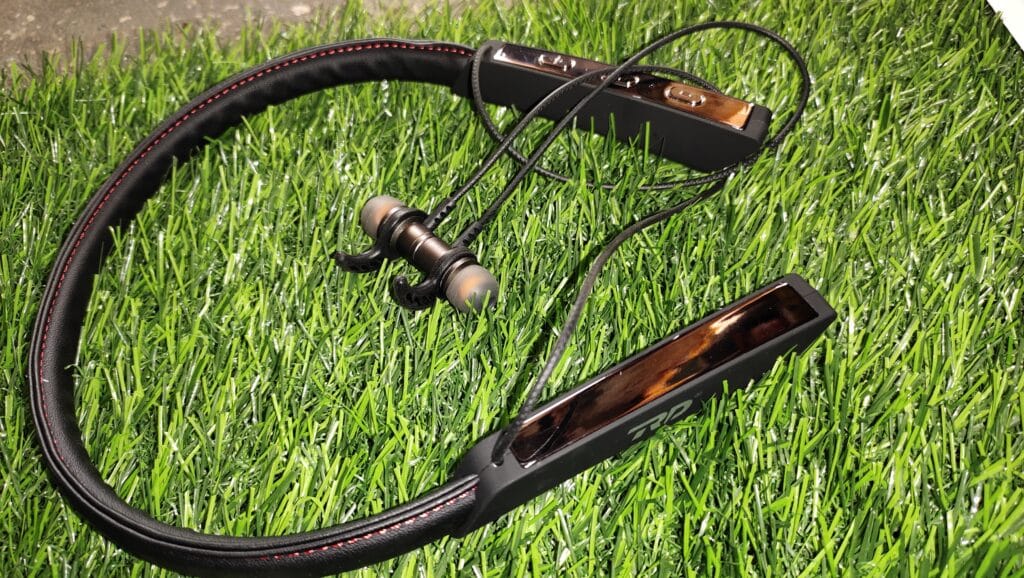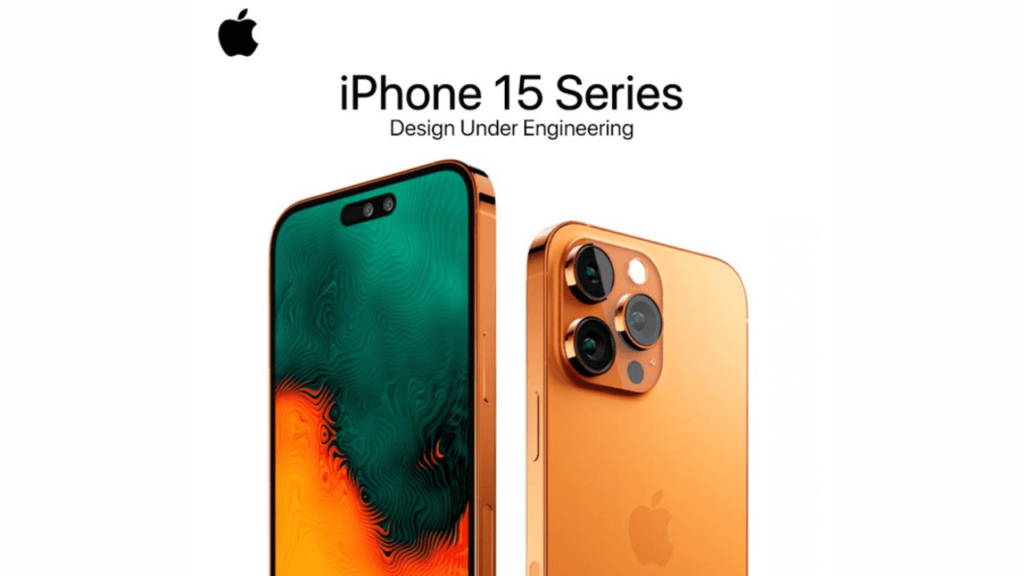As of my last update in September 2021, the loss of wireless earphones, also known as true wireless earbuds or TWS earbuds, can be classified into two main categories: physical loss and audio loss.

- Physical Loss: This refers to the scenario when the user misplaces or loses one or both earbuds. Due to their small size and wireless nature, it’s not uncommon for users to misplace their earbuds or accidentally drop them in various situations. Manufacturers have been aware of this issue and have introduced features like “Find My Earbuds” or “Anti-Loss” functionality in their companion apps to help users locate their earbuds within a certain range.
- Audio Loss: This refers to any reduction in audio quality or connectivity issues experienced by the user. In some cases, users might encounter audio dropouts or connection problems between the earbuds and the connected device (e.g., smartphone, laptop, etc.). This can occur due to interference from other wireless signals, low battery levels, or hardware/software malfunctions.

To address these issues, manufacturers continue to improve the design, battery life, connectivity, and audio performance of wireless earphones. Regular firmware updates and improvements in Bluetooth technology have helped to mitigate some of the audio loss problems.
It’s important to note that advancements in technology and improvements in manufacturing may have led to further developments and solutions in the area of wireless earphone loss beyond my last update in September 2021. Always check for the latest information and user reviews to stay up-to-date with the current state of wireless earphone technology.
What effect does the radiation of wireless earphones have on humans?

As of my last update in September 2021, there is no substantial evidence to suggest that wireless earphones emit harmful levels of radiation that can cause significant damage to human health. The concern with radiation from wireless devices typically revolves around two types:
- Ionizing radiation: This type of radiation, emitted by sources like X-rays and gamma rays, can cause damage to cells and DNA. However, wireless earphones and other consumer electronic devices do not emit ionizing radiation.
- Non-ionizing radiation: Wireless earphones and other wireless devices use radiofrequency (RF) radiation, which falls under the category of non-ionizing radiation. Non-ionizing radiation has lower energy levels than ionizing radiation and is generally considered safe at typical exposure levels.
The World Health Organization (WHO) and other health organizations have conducted extensive research on the potential health effects of non-ionizing radiation from wireless devices, including wireless earphones, and have not found conclusive evidence of harm when used within the recommended guidelines.

However, it’s essential to use electronic devices responsibly and follow the manufacturer’s guidelines, such as maintaining a safe distance from the body, using the recommended settings, and taking regular breaks to reduce potential risks further.
Keep in mind that scientific knowledge and recommendations may evolve over time. It’s always a good idea to stay updated with the latest research from reputable sources to ensure you’re making informed decisions about your health and technology usage.


